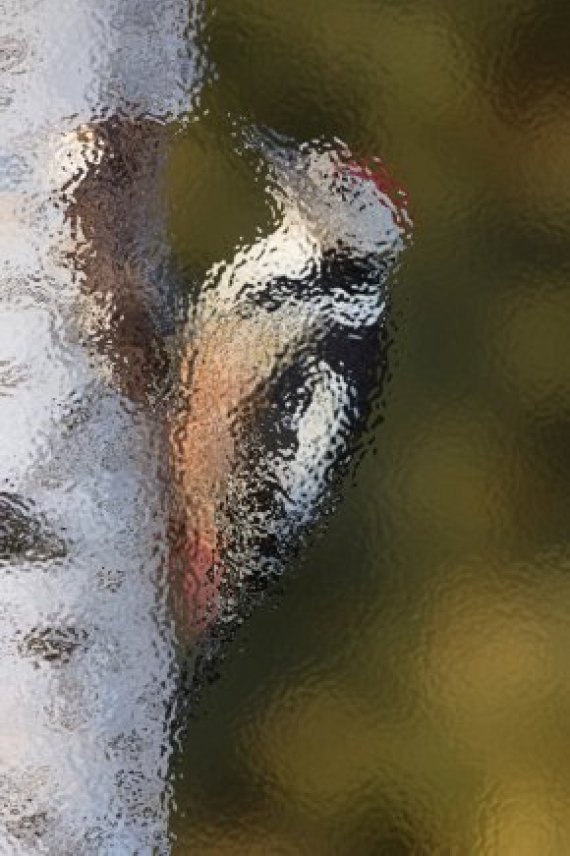Average global temperatures are going up. This causes climate zones to shift north at a rate of eight kilometres per year, based on an assumed rise in temperature of four degrees by the end of this century. Species either move north together with their habitats or adapt to new conditions. Evolution in practice. Or so it seems.
Spotted woodpecker
But invisibly to the naked eye, there is something else going on: genetic erosion and delayed adaptation due to the colonist effect. Colonists are often individuals that are particularly good at getting around. They are therefore not genetically typical of the population as a whole. In the short term, that is good, explains Cobben. Colonists have no competition and their offspring are quick to colonize a new area too. ‘But in the long term you don’t want to have only these pioneering types. That is bad for the population because dispersal uses up a lot of energy. In the new habitats there is a need in the longer term for less adventurous individuals. But they are not present.’ The colonist effect is fatal for the genetic basis of plants and animals. Cobben calculated the effect in a model study on the impact of climate change on the middle spotted woodpecker. What came out was that the rich genetic variety in the populations in the middle of the bird’s range could not keep up with the rising temperature. As the birds that stay behind die out, valuable genetic variety is lost.
Wake-up call
Genetic erosion through climate change is difficult to stop, says Cobben, as long as the temperature goes on rising. The only option left is to play for time. One way of doing this is to make habitats as large as possible and connect them with each other. This gives the genetically rich populations in the middle of the range the biggest chance of survival. Cobben’s study has consequences for the way biodiversity is analysed as well. Just counting is not enough. It tells you nothing, says Cobben, about the genetic variety, and therefore the vitality, of a species. So for ecologists the study is something of a wake-up call. Cobben: ‘With this model I have shown for the first time that adaptation can be far more complex and slower than we thought.’ RK

